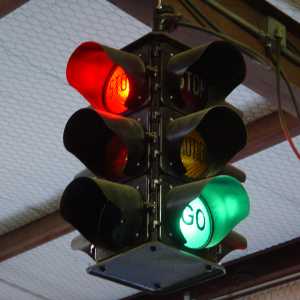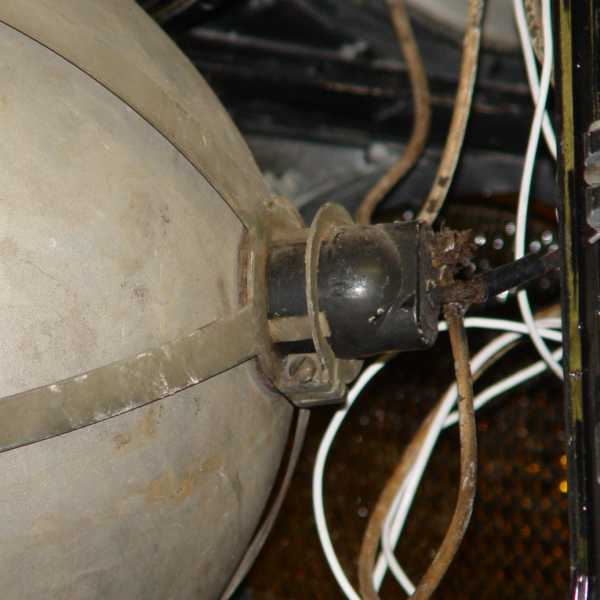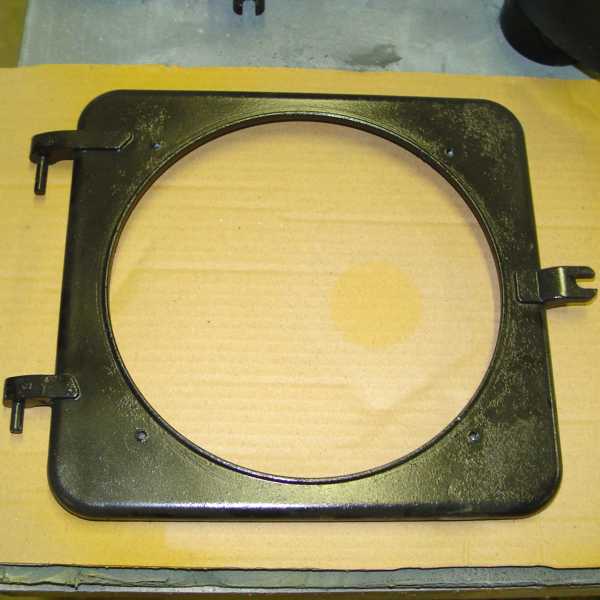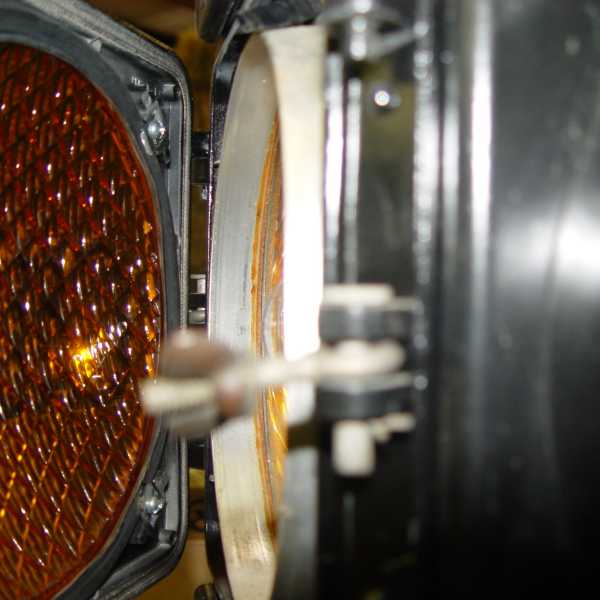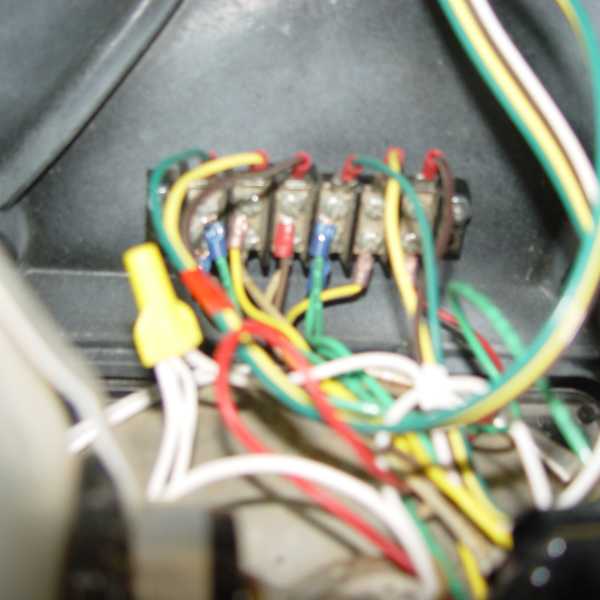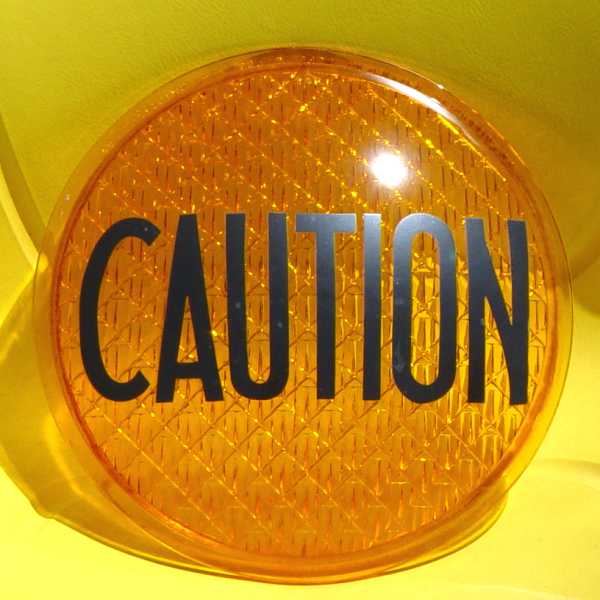Willis Lamm's
|
| Eagle Signals |
| Eagle Signal appeared just before WW-II when Eagle took over the Harrington-Seaberg signal company. The first signals under the Eagle brand were called Eaglelux and the single face heads came with art deco end plates as an option. In the 1950s the signals were simply called Eagle. Eagle was eventually absorbed by Mark-IV Industries along with LFE-Automatic Signal. |
Signals in the Eagle "intersection" (foreground.)
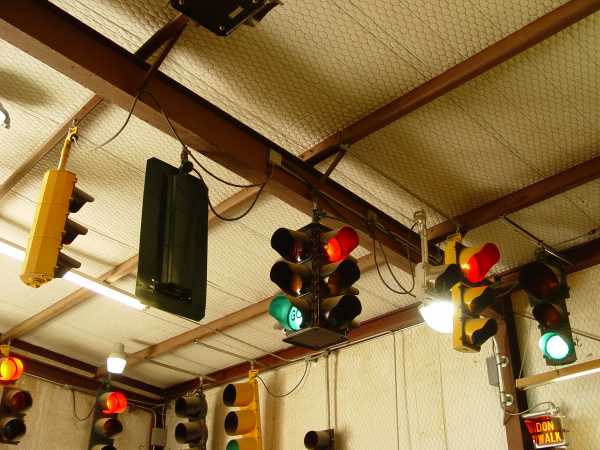
|
Eagle "Eaglelux" Pagoda 4-way Type 43E |
Clicking on a picture will bring up a larger view in a new window.
